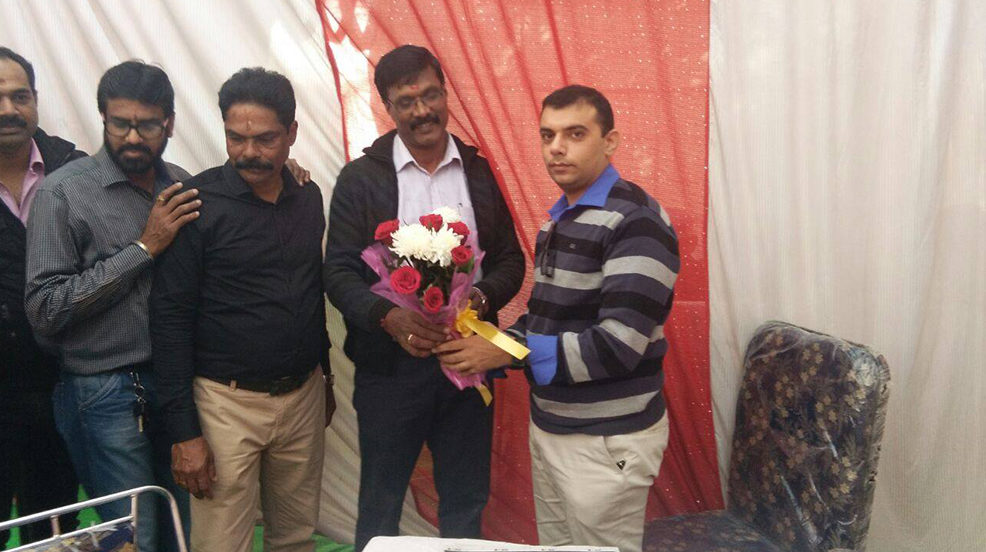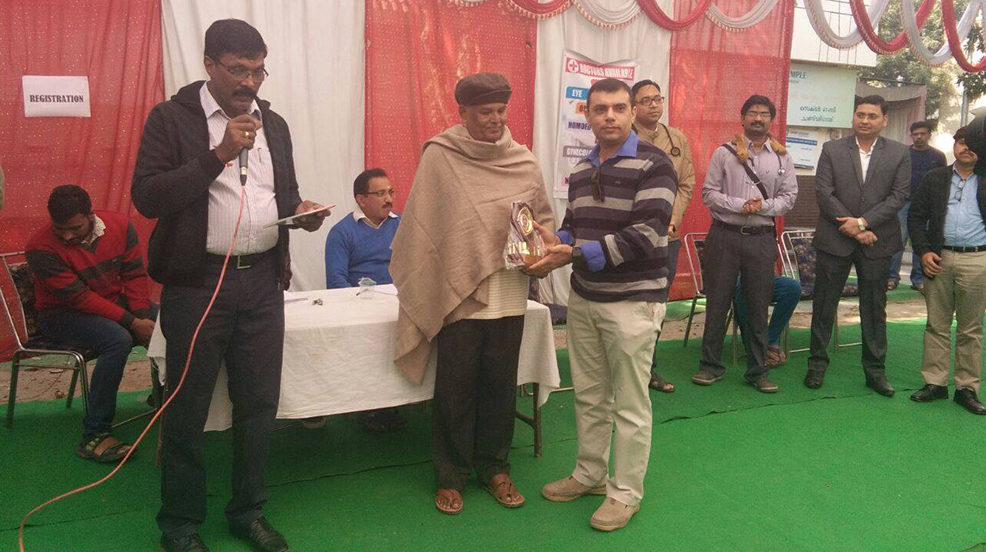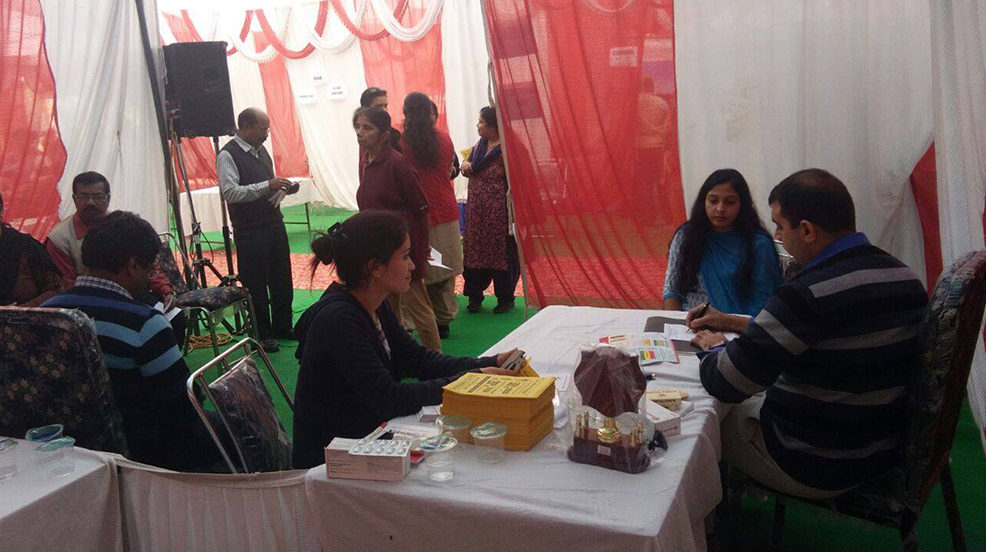Low back pain is a common ailment that affects people of all ages and backgrounds. It can range from a dull, nagging discomfort to severe, debilitating pain, greatly impacting one’s quality of life. In this article, we will delve into the causes, prevention strategies, and treatment options for low back pain.
Causes of Low Back Pain
- Muscle Strain: One of the leading causes of low back pain is muscle strain. This can result from improper lifting, sudden movements, or poor posture over an extended period. Weak back and abdominal muscles can exacerbate this issue.
- Herniated Discs: Discs in the spine act as cushions between the vertebrae. When a disc herniates or ruptures, it can press on nearby nerves, causing intense pain.
- Spinal Stenosis: This condition narrows the spinal canal, putting pressure on the spinal cord and nerves. It commonly occurs as a result of ageing.
- Osteoarthritis: The breakdown of cartilage in the spine can lead to osteoarthritis, causing pain and stiffness in the lower back.
- Scoliosis: Abnormal curvature of the spine, known as scoliosis, can result in back pain, especially in severe cases.
- Injuries: Traumatic injuries such as falls, car accidents, or sports-related incidents can cause low back pain, sometimes leading to chronic conditions.
Prevention Strategies
- Maintain Proper Posture: Good posture is crucial in preventing low back pain. Practice sitting and standing with your spine in a neutral position, and use ergonomic furniture if necessary.
- Exercise Regularly: Engaging in a balanced exercise routine that includes strengthening the core and back muscles can provide essential support for the spine.
- Lift Safely: When lifting heavy objects, use your legs and not your back to avoid straining the muscles. Keep the object close to your body and avoid twisting while lifting.
- Maintain a Healthy Weight: Excess weight, especially around the abdomen, can strain the lower back. A healthy diet and regular exercise can help maintain an appropriate weight.
- Quit Smoking: Smoking can reduce blood flow to the spine, impairing its ability to heal and repair itself. Quitting smoking can benefit overall spinal health.
- Stretch and Warm-Up: Before engaging in physical activities or exercises, it’s essential to warm up and stretch to prevent muscle strain.
Treatment Options
- Rest: In many cases, low back pain can be alleviated by giving the affected muscles and tissues time to heal. Short-term rest is often recommended, followed by gradual reengagement in physical activities.
- Physical Therapy: Physical therapists can design exercises and stretches to strengthen the back and improve flexibility. They can also provide techniques for better posture.
- Medications: Over-the-counter pain relievers like ibuprofen or prescription medications can help manage pain and inflammation associated with low back pain.
- Injections: In some cases, corticosteroid injections may be recommended to reduce inflammation and relieve pain.
- Surgery: Surgical intervention is considered only when conservative treatments fail or when there is a structural issue like a herniated disc that requires correction.
- Alternative Therapies: Options such as acupuncture, chiropractic care, and massage therapy may offer relief for some individuals.
Low back pain is a widespread condition that can affect anyone, but understanding its causes, preventive measures, and treatment options can help manage and reduce its impact on your life. Remember that maintaining a healthy lifestyle, including regular exercise, good posture, and a balanced diet, is key to preventing low back pain. If you do experience persistent or severe pain, it’s essential to consult a healthcare professional for a proper diagnosis and treatment plan tailored to your specific needs




